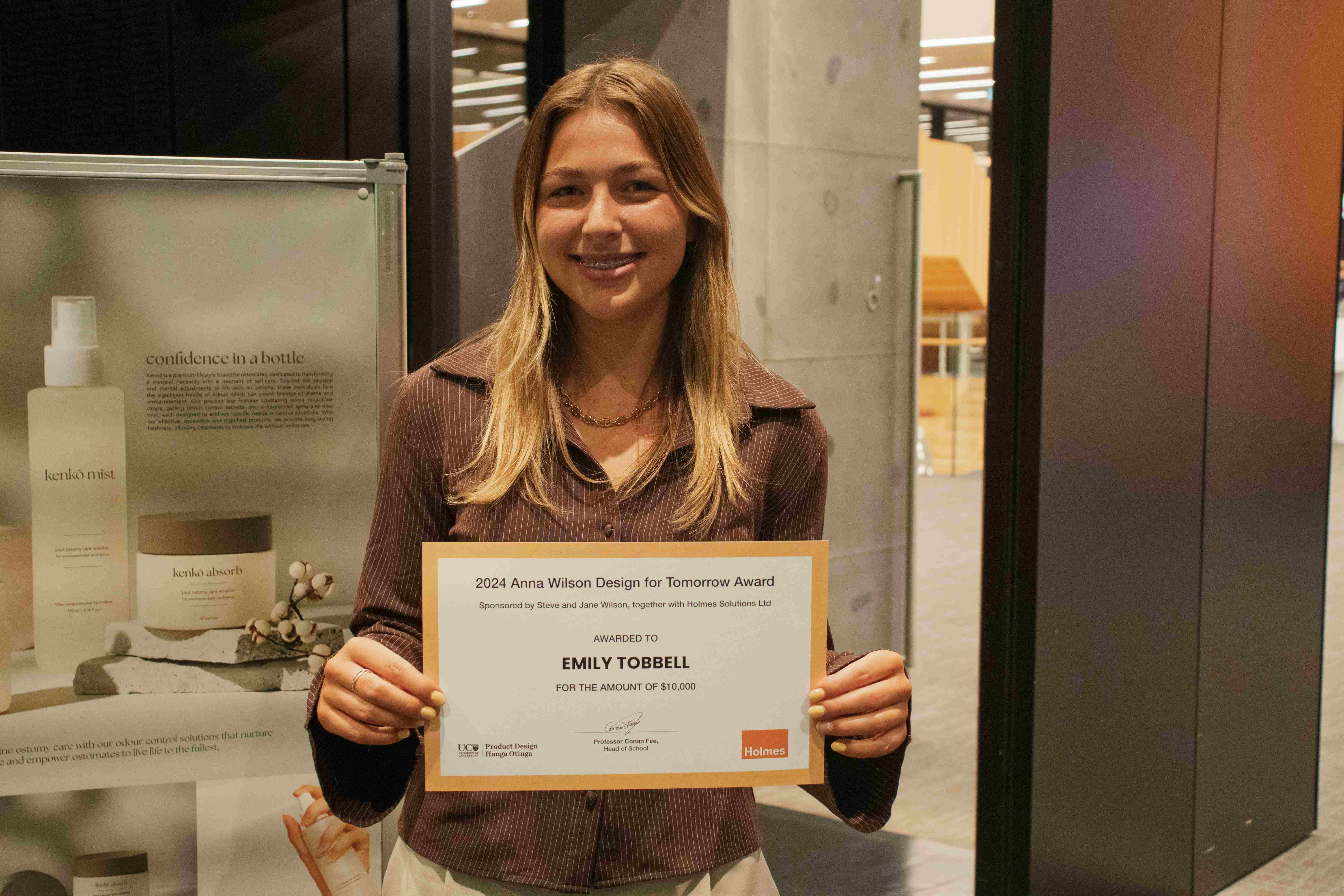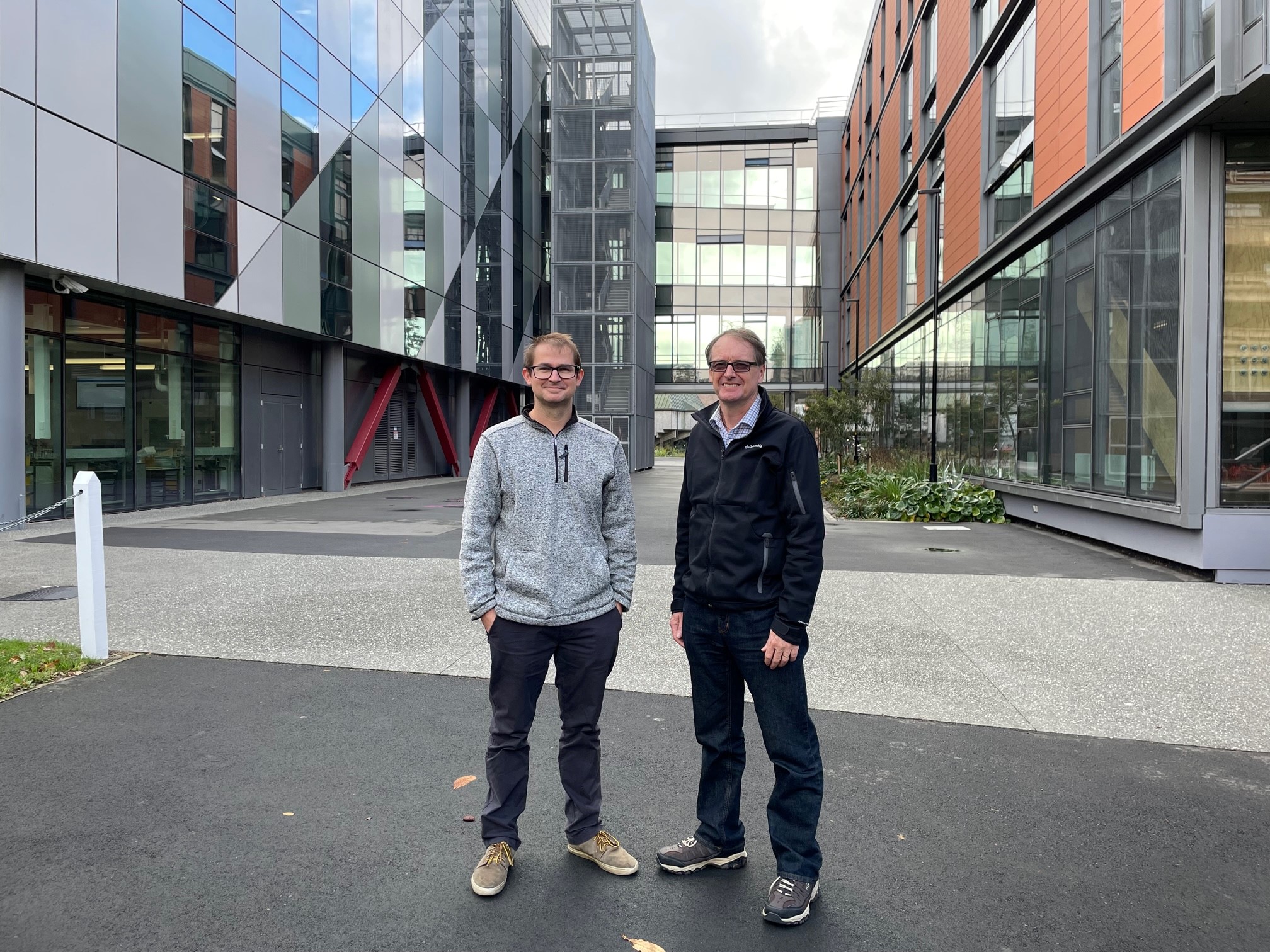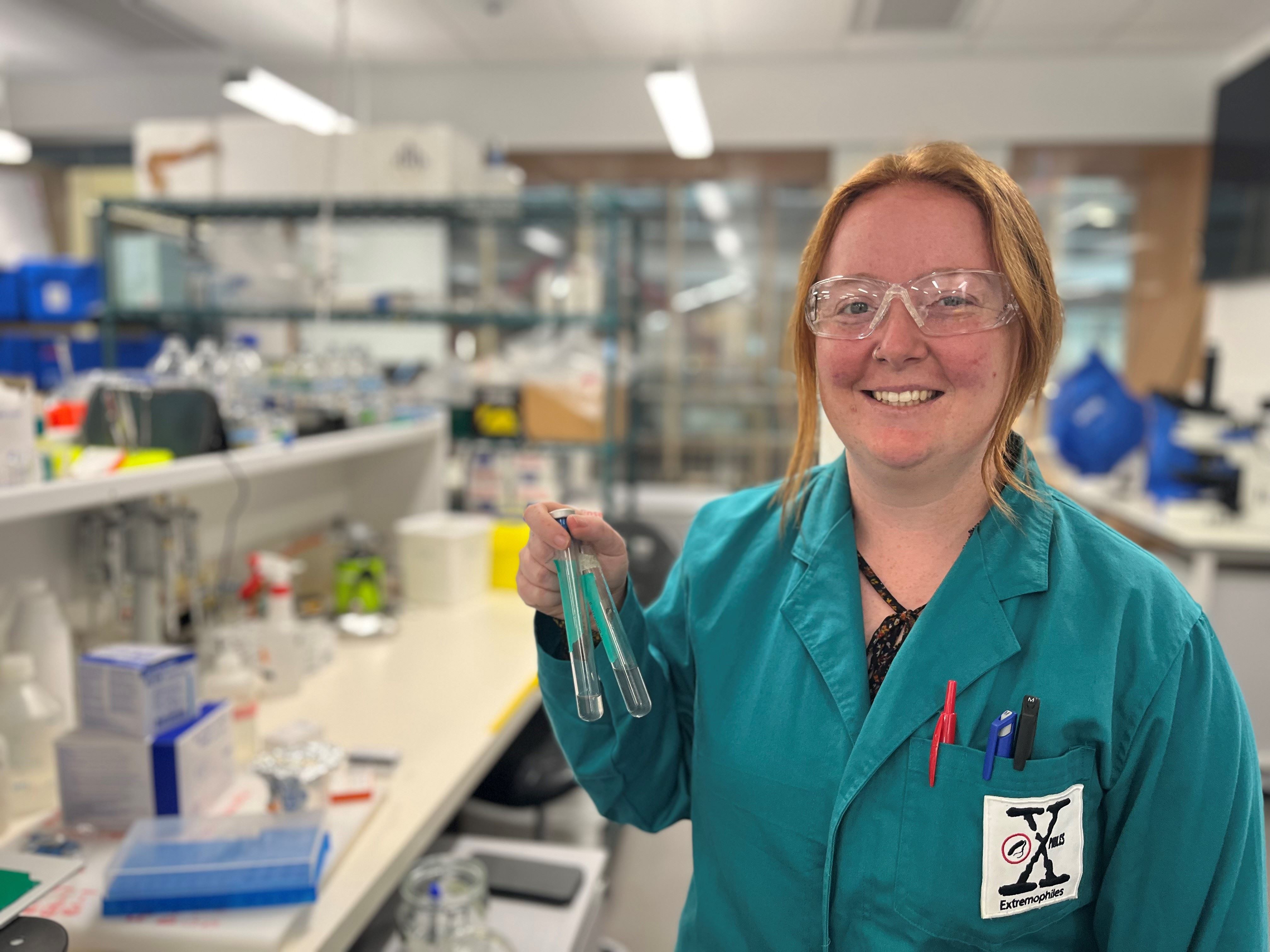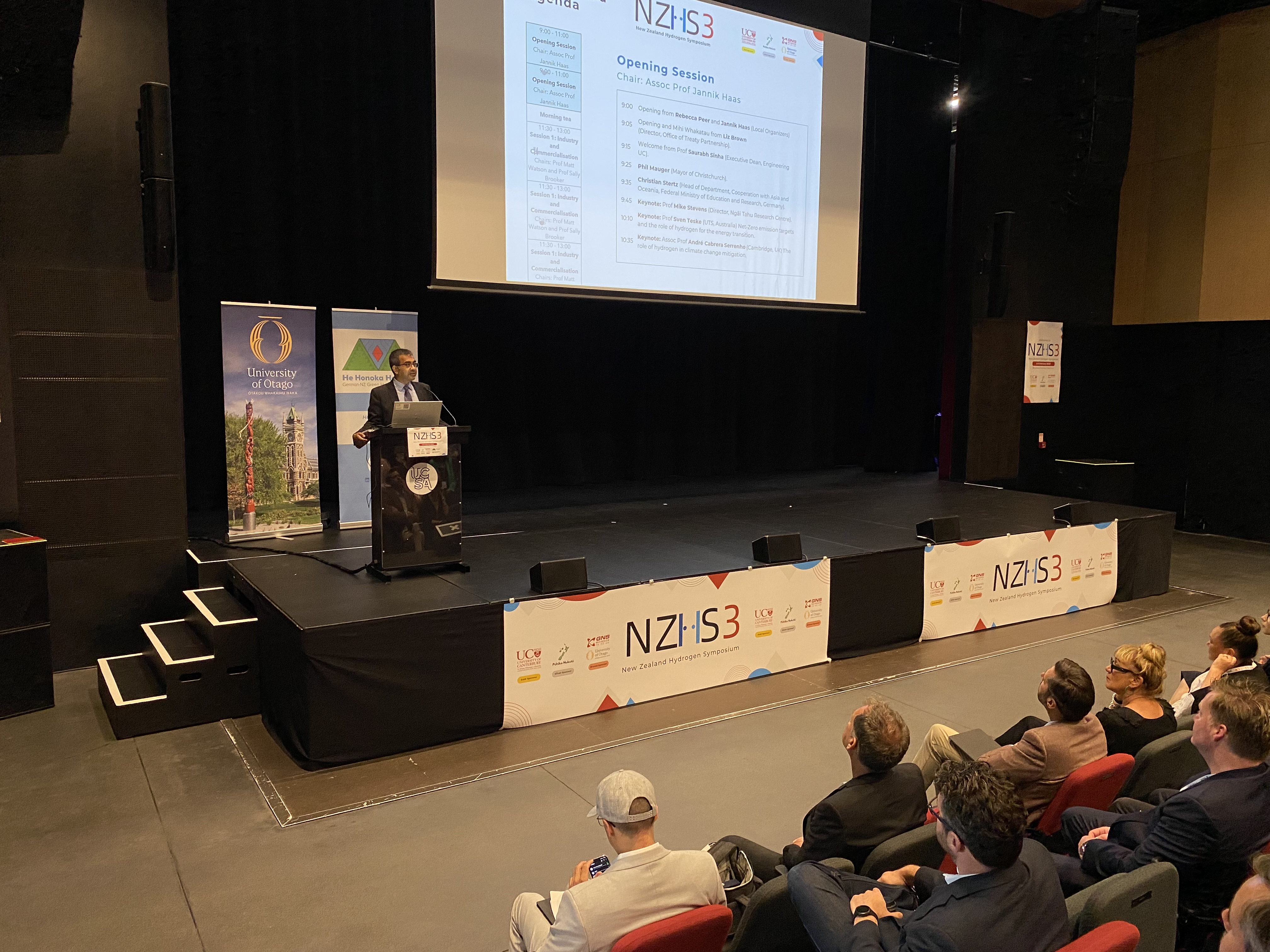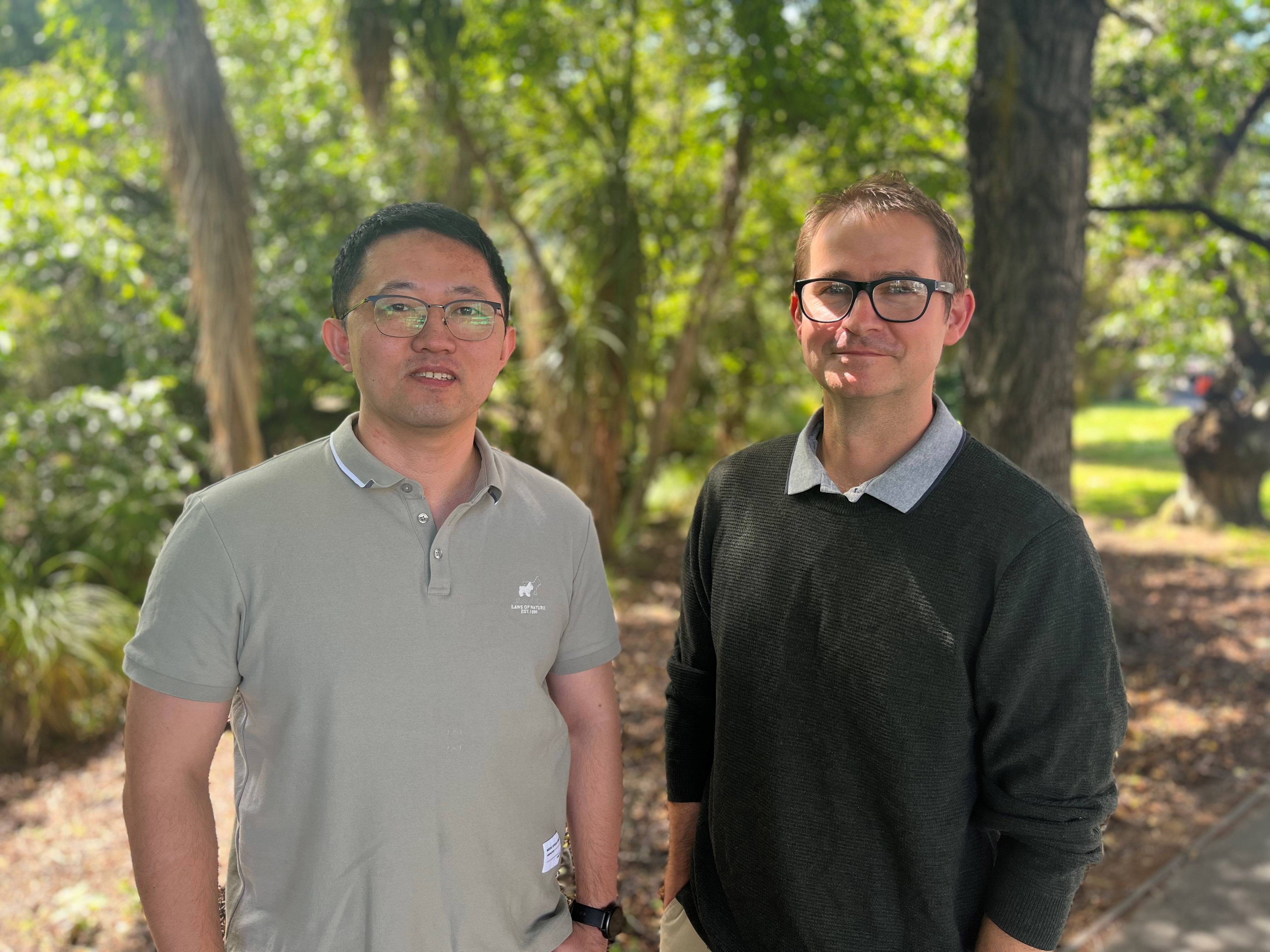The Nanoscribe 3D printer was officially launched this week by the Hon Dr Megan Woods, Minister for Research, Science and Innovation. Supported by the UC Biomolecular Interaction Centre (BIC) and MacDiarmid Institute for Advanced Materials, the UC Nanolab is a leader in the field of nanofabrication technologies for both academic and commercial users.
“Here at UC, our research spans both engineering and the sciences and seeks to, for example, replicate micro millimetre-scale biological structures, such as those found on the surface of a leaf or in our bodies,” says Associate Professor Nock, a Rutherford Discovery Fellow who is also a Principal Investigator in BIC. “We had real trouble reproducing these structures previously, but the Nanoscribe 3D printer can do this with ease. There’s no other machine like it in New Zealand.”
It can also be used to replicate the structure of single human cells with all their surface features, with exciting ramifications for cellular and health research. This nearly $800,000 investment in cutting-edge technology, combining additive manufacturing and nanotechnology, has been funded by UC as a strategic capital acquisition, with additional funding support from BIC and Lottery Health.
Users from other New Zealand universities, who have previously partnered with academic institutions in Europe to access this technology, can now choose to access the same technology here. Professor Nock says UC’s Nanolab is part of New Zealand’s micro- and nanofabrication network and has an open door policy on researchers wishing to make use of the new printer.
Made in Germany, the Nanoscribe 3D printer arrived in January 2020 with installation then unavoidably delayed as a result of COVID-19. UC researchers are grateful to Nanoscribe and their Kiwi field engineer, who went the extra mile to travel here from Europe, staying in managed isolation over Christmas to ensure the machine could be installed in time for the 2021 academic year.
Fourth year students in electrical and electronic engineering at UC were the first to experience the system in action recently as part of their course on Nanoengineering, along with postgraduate and postdoctoral researchers.




